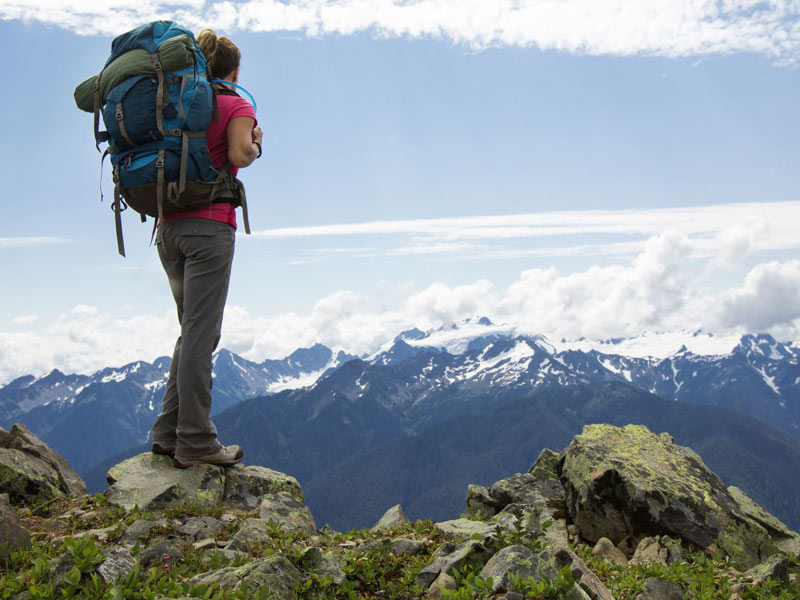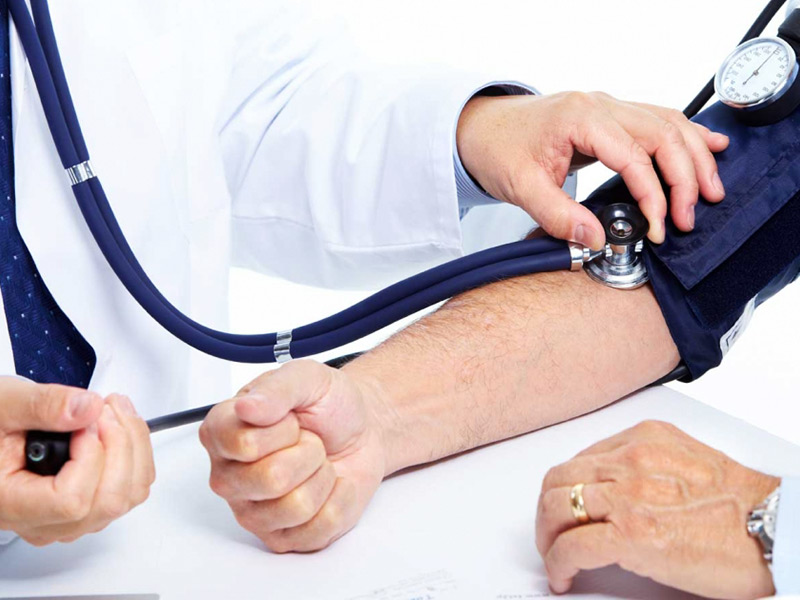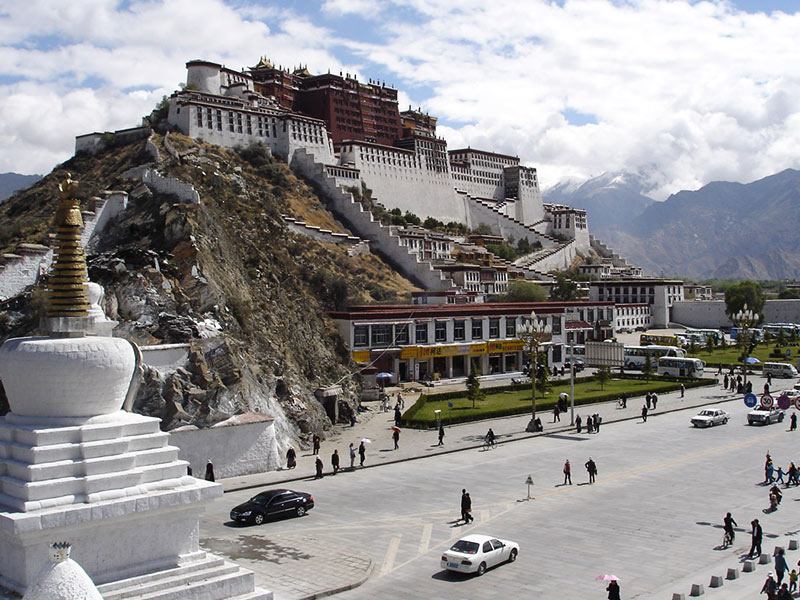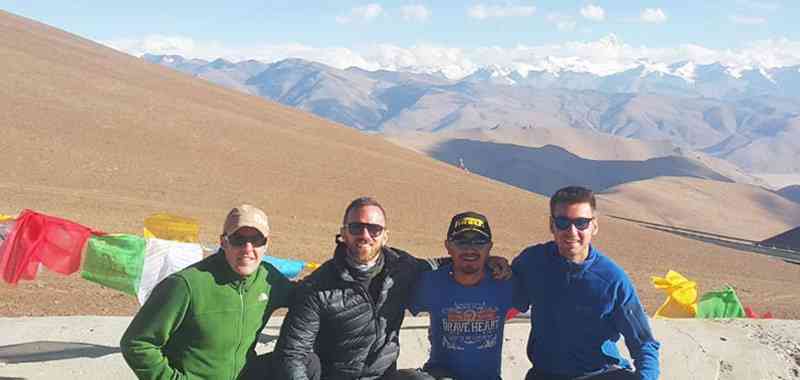Tibet is known as the roof of the world, as it is one of the highest places. A trip here is a different experience worth exploring. Tibet comes under the Qinghai- Tibet Plateau, which is the most elevated plateau in the world with an average elevation of 4,500 meters. Tibet’s daring high elevation, easy going flowing rivers and white covered mountains make it a visit of a lifetime. With the altitude being very high, it is very likely that altitude sickness is experienced by people not so used to the atmospheric pressure. Therefore precaution is necessary. It is essential to understand what altitude sickness is, how you can recognize it’s occurred and ways of ensuring that you are protected from it.
What Is Altitude Sickness?
It is physical distress faced by people when walking, climbing or living in high altitude. The changes of atmospheric pressure from low areas to high areas make it difficult for the body to adjust. The main reason this happens is, the fact that barometric pressure (air that surrounds you) falls suddenly making less oxygen available. Once you are at the height of 8,000 feet, this change is usually experienced. It is hard to understand who will be affected by altitude sickness as there are no factors which determine this problem.
Symptoms of Altitude Sickness
It is vital to understand that there are various types of altitude sicknesses. Symptoms are brought up within 12 to 24 hours. When identifying the signs you will be able to notice which type it is.
Acute Mountain Sickness (AMS) – This is not such a severe form of Altitude sickness and is similar to a hangover. The symptoms include dizziness, headache, muscle aches and nausea. It usually appears at the height of 6,600 feet above sea level where the pressure is of 80 kilopascals.
High Altitude Pulmonary Edema (HAPE) – This is a dangerous form where the fluid is built in the lungs. The symptoms are similar to bronchitis and include a persistent dry cough, fever, shortness of breath when resting, and a blue tinge to the skin might also occur.
High Altitude Cerebral Edema (HACE) – This is the most dangerous and can be life-threatening as fluid is built up in the brain. Immediate attention needs to be given if the symptoms of a severe headache, gradual loss of consciousness, increased vomiting and nausea and retinal hemorrhage occur. This type of Altitude sickness progresses rapidly and can lead to the symptoms becoming more deadly. A dry cough, for instance, can become a production of pink and frothy phlegm which will be coughed up.
The altitude sickness is seen to progress from the less severe AMS to the more dangerous HACE if it is not dealt with in the right manner. You will also notice the symptoms getting worse at night. Don’t get stubborn and inform the others if these symptoms are felt and occur as insisting that you want to be left alone is the worst idea.
How to Avoid Acute Mountain Sickness in Tibet
Better to be safe than sorry, before, during and after ascending into the high regions of Tibet.
Before Going to Tibet
Undergo a medical check-up before travelling to Tibet, to understand if there are severe heart conditions, uncontrollable blood pressure and/or organ issues. If there are any severe complications, it is best to consult the doctor and avoid the threat of altitude sickness affecting your health.
The best way is to be prepared mentally and physically. As the saying goes, By failing to prepare, you are preparing to fail. Make a plan of meditation every morning and physical exercise such as swimming and jogging to increase your stamina. This can be scheduled for 3 months prior to your journey so that you are fit to travel to the high tops of Tibet. Avoid catching a cold at all costs just before your trip to Tibet, as it can tire your body in ways to help the high altitude get the better of you.
On the Way to Tibet
Take the course of the tortoise and ascend slowly, do not hurry the climb as your body will then be able to slowly adjust according to the condition. Acute Mountain Sickness is correlated to the speed of the ascent. The best way to travel to avoid altitude sickness is by using Tibet train instead of the flights to Lhasa. The Qinghai-Tibet train offers beautiful scenery and at the same time gradually ascends you to the heavenly Tibet which means lesser chances of developing acute mountain sickness.
After Getting to Tibet
Head right into the administrative capital of Tibet, Lhasa City. Lhasa City is at the height of 3,600 meters, and this is a comfortable space to adapt to the high altitude. When you reach the lands of Lhasa, you might get excited looking at the mind-blowing scenery and experiencing the exotic culture, but do not get too excited. Take 10 slow breaths and relax as getting too excited or even running and jumping can lead to severe headaches related to Altitude sickness.
You might want to shower right after you reach your destination, but at all cost try to avoid this for two days. A shower could lead to a cold which will make you weaker physically to face the pressure changes. The aroma of local food and the temptations of a warm sip of alcohol should be refrained from for the first two days. Eat a light diet and sip on as much as water as possible. Smokers should try to smoke as little as possible too, as the lungs need to have a breather and take in much of the new atmospheric air.
Use the first two days to adjust to the atmospheric pressure and climate to enjoy the remaining days. While in Tibet, always remember to keep your head higher than your body while sleeping with a high pillow. If you feel suffocated at night, inform your hotel to arrange for free oxygen.
Altitude Sickness Treatment
If you notice symptoms related to Altitude Sickness, you should immediately stop and rest wherever you are. If the symptoms of HAPE or HACE is experienced move down to a lower altitude immediately of lower than 4,000 feet and take the necessary precaution of using bottled oxygen for breathing. This will ensure that there is a balance in the pressure levels of the body and sufficient oxygen being flowed through the body.
Painkillers can be given to control the symptoms of altitude sickness, but it won’t cure the problem. Painkillers will delay the issues until further medication and treatment can be provided. If high blood pressure occurs, Nifedipine can be given. This will decrease the narrowing of the pulmonary artery caused by the low oxygen levels and as a result, will improve oxygen levels.
Visit the nearest hospital for immediate treatment, and to get a full report on your conditions by taking an X-Ray of your chest, or an MRI or CT scan of your brain to look for fluid.
What Kind of Altitude Sickness Medicine Shall I Prepare?
Keep a first aid kit handy at all times in your backpack. The first aid kit will contain plasters, tweezers, and other items which will help in case of an injury. Inside the first aid kit pack up the medicines below that will help the problem of altitude sickness.
Acetazolamide (Diamox) is the most tried and tested drug which is commonly used to prevent and treat altitude sickness. It radically increases the amount of alkali (bicarbonate) excreted through urine to make the blood more acidic. Therefore when the blood is more acidified, ventilation increases which will help your body settle down to the high pressures which is called acclimatization. Take Acetazolamide at a dose of 250mg every eight to twelve hours before and during ascending. Keep in mind that this medicine has side effects such as uncomfortable tingling of the fingers, toes, and face and excessive urination.
Dexamethasone is a steroid which can decrease the brain and other organ swelling due to altitude sickness. The dosage is usually 4 mg twice a day for a few days of the ascent. This will help prevent most of the painful bodily issues that could take place.
It is best not to take altitude sickness lightly as it can be a painful experience and will prohibit you from enjoying the beautiful roof of the world called Tibet. Do not panic, if the symptoms occur and take the precautionary steps such as lowering altitude and getting treatment done as soon as possible. Remember nothing is as important as your health, so stay healthy!
.jpg)















0 Comment ON "How to Avoid Altitude Sickness in Tibet"